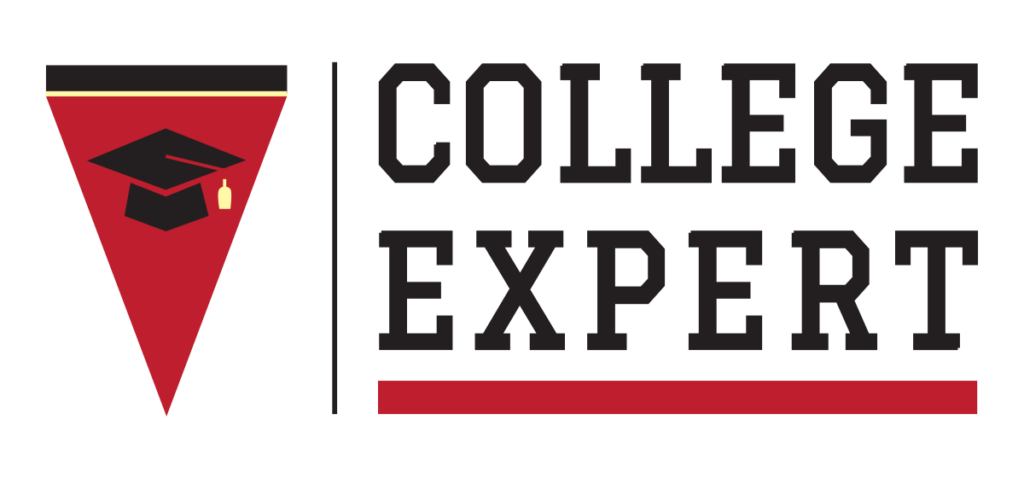By Jenna Johnson The Washington Post, 12/14/2010
The first semester of senior year is barely over, but a growing number of high schoolers already know where they will attend college. (So instead of spending their winter break polishing college essays, they can get to know other members of the Class of 2015 on Facebook.)
Early application programs allow students to commit to a school — or know that a school has committed to them — before the general admission season begins. These programs go by a lot of different names, most often early decision or early action, and have a wide range of rules. And they are booming in popularity.
Critics say some early admission programs are unfair because they allow wealthy students to compete in smaller applicant pools, while other students wait to see all of their options and compare financial aid packages.
For that reason, in 2006 the University of Virginia, Harvard and Princeton announced that they would end their early action or early decision programs. But last month, U-Va. announced that it would begin to offer non-binding early action next year. Unlike the university’s previous program, this one will not force a student to commit to attending. Harvard is reevaluating its decision.
Most early application deadlines have passed, and acceptance letters are beginning to arrive. (Well, in most cases. If you still haven’t heard from your school, please don’t freak out. I am sure the letter is in the mail.)
Some of the stats …
Stanford University
Stanford admitted 754 applicants through its restrictive early-action program and deferred about 500 more. The university received 5,929 applications, up from 6.5 percent last year, which drops the admission rate for early admits to 12.7 percent. Nearly all of the accepted students were interviewed by an alumnus as part of a new pilot program that recently expanded to include the Washington area. (Stanford Daily article)
Dartmouth College
Dartmouth admitted 444 students through early decision. The college received 1,759 applications, a 12 percent increase from last year, but accepted fewer students. The early admit rate is now about 25 percent, down from 29 percent last year. So far the Class of 2015 has a mean SAT score of 2144, down six points from last year. (The Dartmouth article)
Barnard College
Barnard saw a 40 percent jump in early decision applications, following a push to interact more with potential students and invest more in Barnard Bound, a program that pays to fly in low-income students. (Columbia Spectator article)
George Washington University
GWU has two rounds of early decision, and its first round this fall attracted 18.5 percent more applications than last year. (GW Hatchet article)
What’s happening at other colleges and universities? Let me know in the comments or shoot me an e-mail.
And I’m guessing you have lots of questions about early admission programs. On Thursday at 1 p.m., U-Va. Dean of Admissions Greg W. Roberts will be online to provide some answers. Submit questions now for Campus Overload Live.
Campus Overload is a daily must-read for all college students. Make sure to bookmark http://washingtonpost.com/campus-overload. You can also follow me on Twitter and fan Campus Overload on Facebook.
